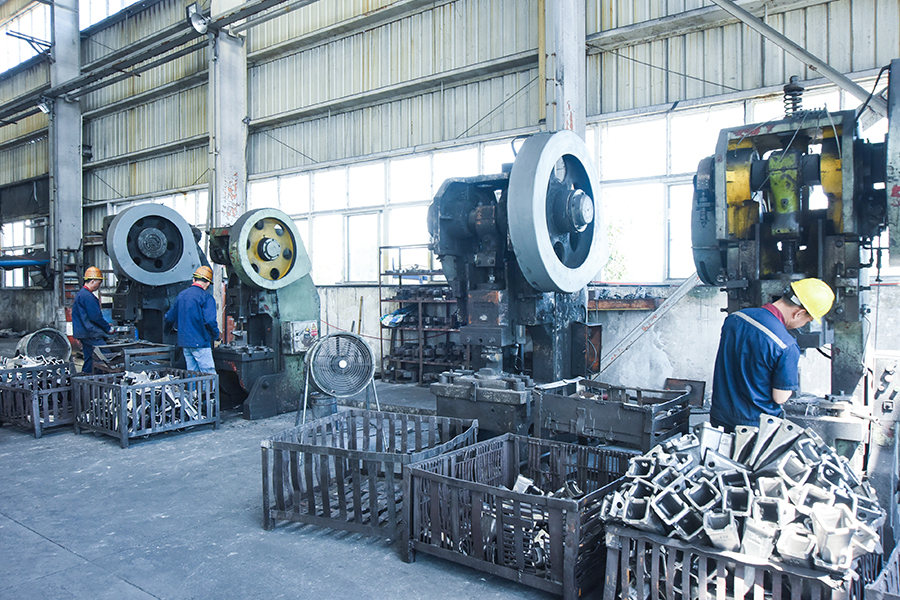- +86-15058464226
- [email protected]

 View More
View More
 View More
View More
 View More
View More
 View More
View More
 View More
View More
 View More
View More
 View More
View More
 View More
View More
 View More
View More
 View More
View More
 View More
View More
 View More
View More
No. 126, Haiying Road, Binhai Industrial Park, Xiangshan County, Zhejiang Province China
+86-15058464226
+86-0574-65880078